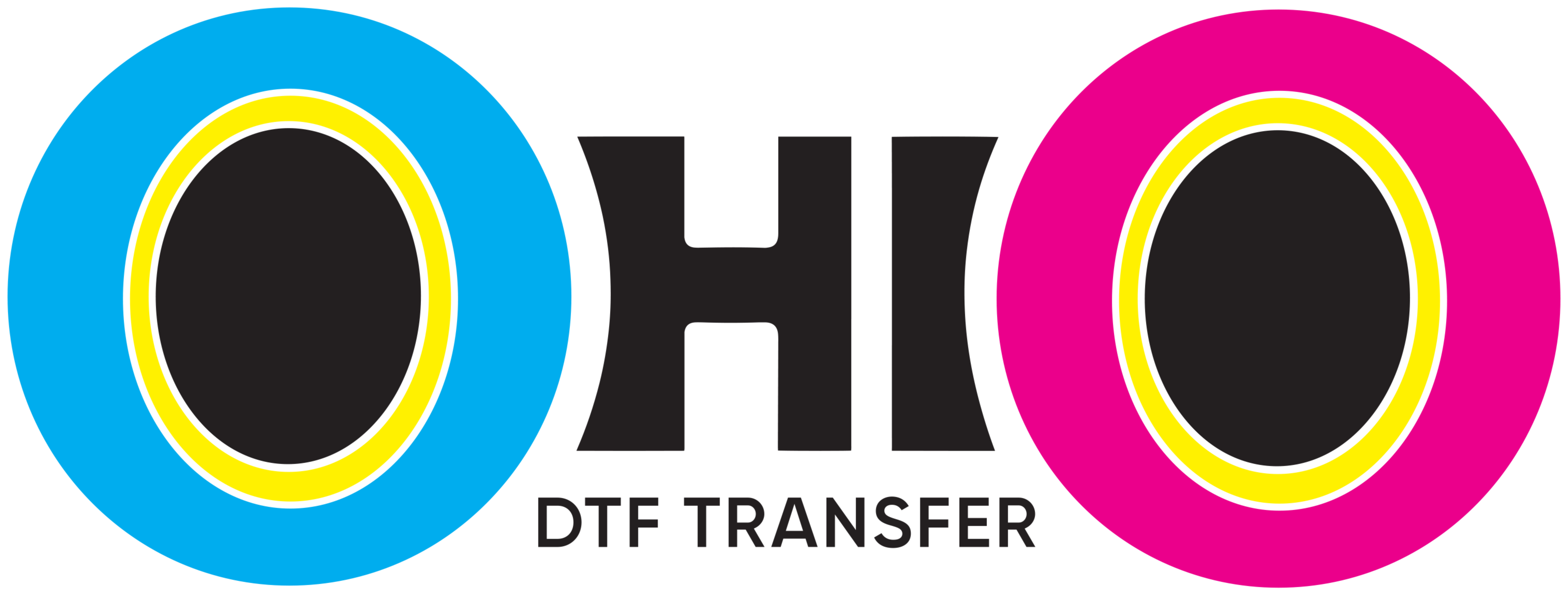🎨 Understanding the DTF Printing Process: A Complete Guide
DTF Printing Process printing custom designs on fabrics has evolved a lot in recent years. One of the popular modern methods is Direct to Film printing, or simply DTF. This technique offers bright colors, strong details, and works on many types of fabric. Whether you are just starting or have experience in printing, knowing how this process works can help improve your results.
What is Direct to Film Printing?
Direct to Film printing is a method where a design is printed on a special film. After printing, a powder is added to help the design stick to fabric. Then the powder is heated to melt it, making the design ready for transfer. Using a heat press, the image is pressed from the film onto the fabric, creating a soft and lasting print.
The biggest advantage of this method is its versatility. It can be used on cotton, polyester, blends, and even some other materials. Unlike other printing techniques, it does not require the fabric to be pretreated, saving time and effort.
Materials You’ll Need
To complete the process, you need: DTF Printing Process
-
A printer designed for printing on film
-
Special ink that remains flexible after printing
-
Transfer film sheets or rolls
-
Adhesive powder
-
Heat press machine
-
Optionally, a curing oven or heat tunnel
Each part plays an important role in the quality and durability of the final print.
Step 1: Preparing Your Design
Start by creating or choosing a digital design. It’s important to use a high-resolution image with clear details and colors. After finalizing the design, upload it to the printer’s software and set the printer to print on the matte side of the film.
Step 2: Printing on the Film
Print your design onto the film using the special inks. These inks are made to be flexible and vibrant after printing. Make sure the print is complete and accurate before continuing.
Step 3: Adding Adhesive Powder
While the ink is still wet, apply adhesive powder evenly over the design. The powder will bond with the ink during heating and will allow the print to stick properly to the fabric.
Remove any excess powder carefully to avoid lumps.
Step 4: Curing the Powder
Next, heat the film with powder using a heat press, oven, or heat tunnel. This melts the powder, making it sticky and ready for transfer. Proper temperature and time are critical here to ensure durability.
Step 5: Transferring the Design
Place the cured film on the fabric, printed side down. Use a heat press to apply heat and pressure, usually around 300°F for about 15 seconds. This transfers the image from the film to the fabric permanently.
Step 6: Removing the Film
After pressing, carefully peel the film off. Depending on the type of film, you may need to peel it while hot or wait until it cools.
Your design is now on the fabric, soft and ready to use.
Benefits of This Printing Method
This process offers many advantages: DTF Printing Process
-
Works on many fabrics including cotton and polyester
-
Prints are colorful, detailed, and long-lasting
-
No need to pretreat fabrics
-
Prints feel soft and flexible
-
Good for both small runs and larger batches
Because of these, it has become popular with many clothing brands and custom print shops.
Tips for Best Results
-
Use high-quality films and powders for durability
-
Make sure to set the right temperature and timing for curing and heat pressing
-
Test print before doing large runs
-
Store films in a cool, dry place to keep them flat and clean
Following these tips will help you get better results and avoid problems.
Equipment Maintenance
Keeping your printer and heat press clean is essential. Regularly clean the printheads and rollers to avoid clogs or poor quality prints. Proper maintenance increases the lifespan of your equipment and ensures consistent print quality.
Final Thoughts
DTF Printing Process Direct to Film printing is a flexible and effective way to create custom designs on fabrics. It offers vivid colors and durability without complex pretreatment steps. Whether you are making a few custom t-shirts or producing larger orders, understanding this process will help you achieve great results.
With practice and good materials, you can create prints that look professional and last wash after wash.





